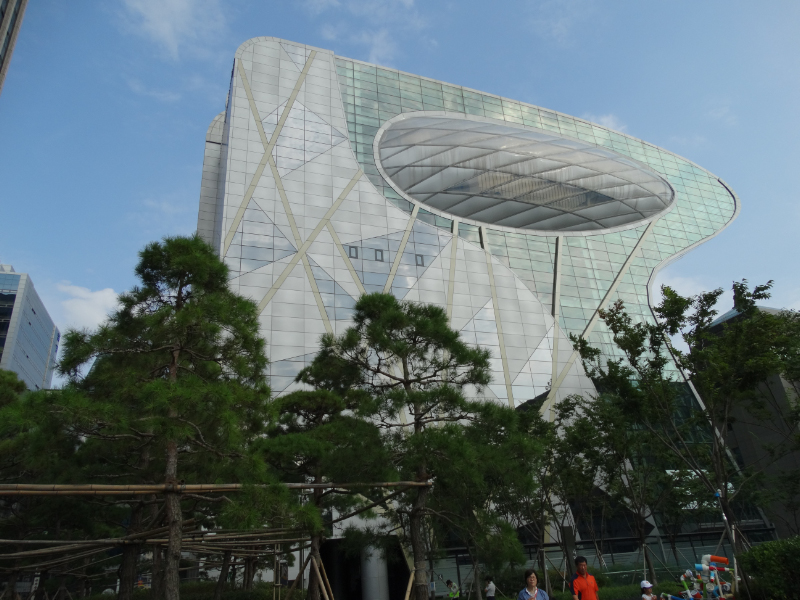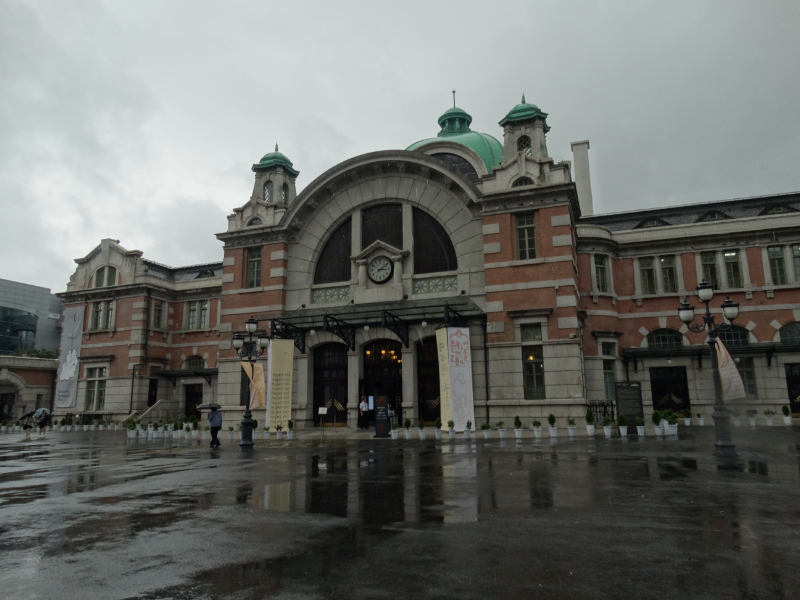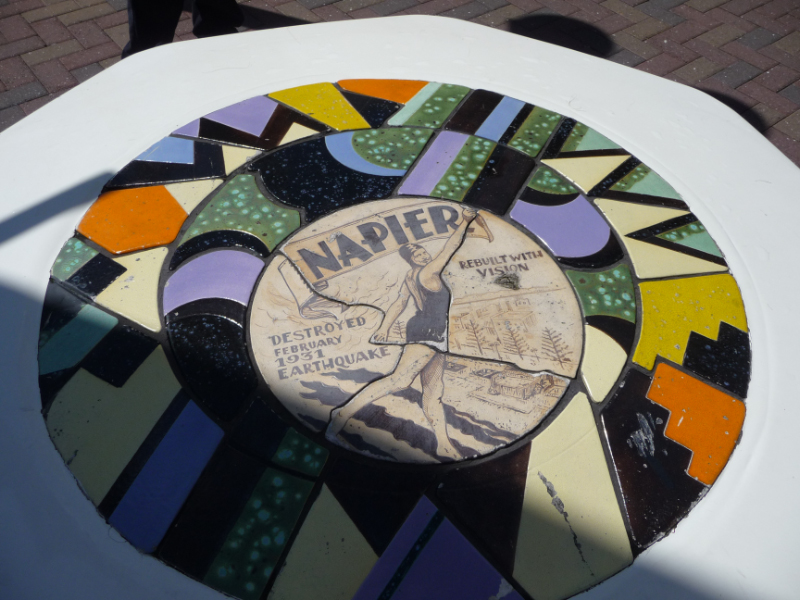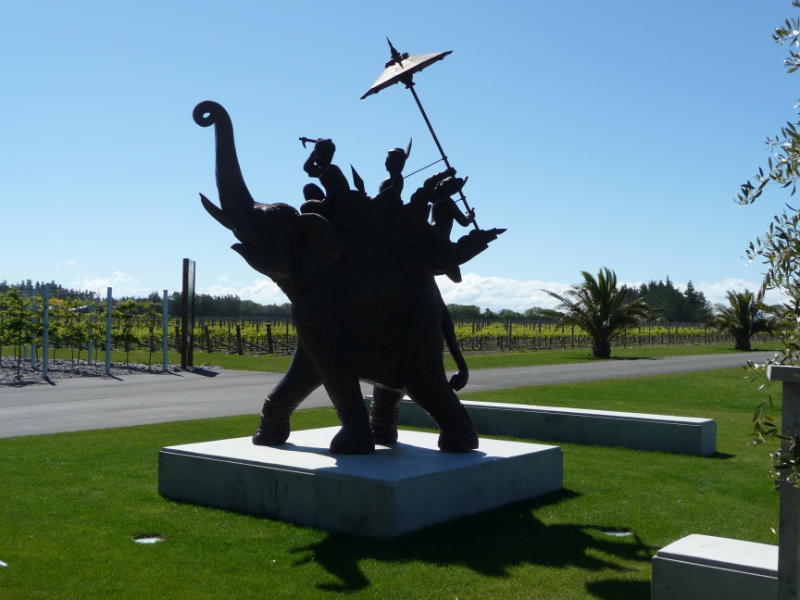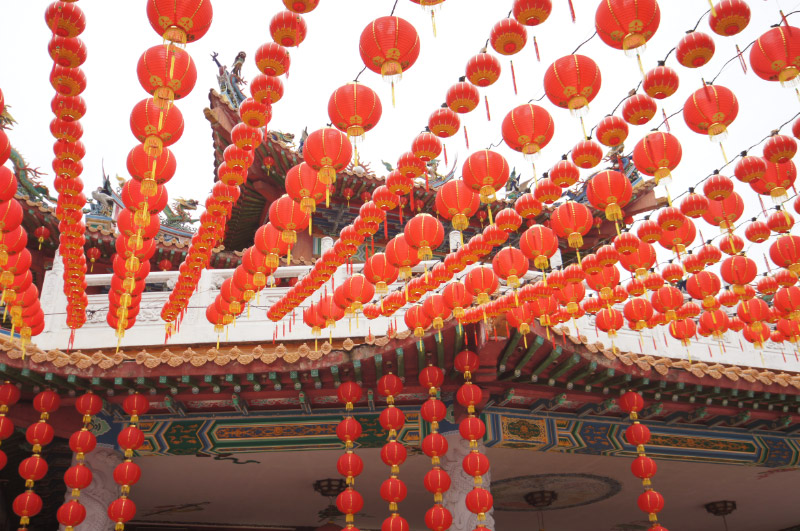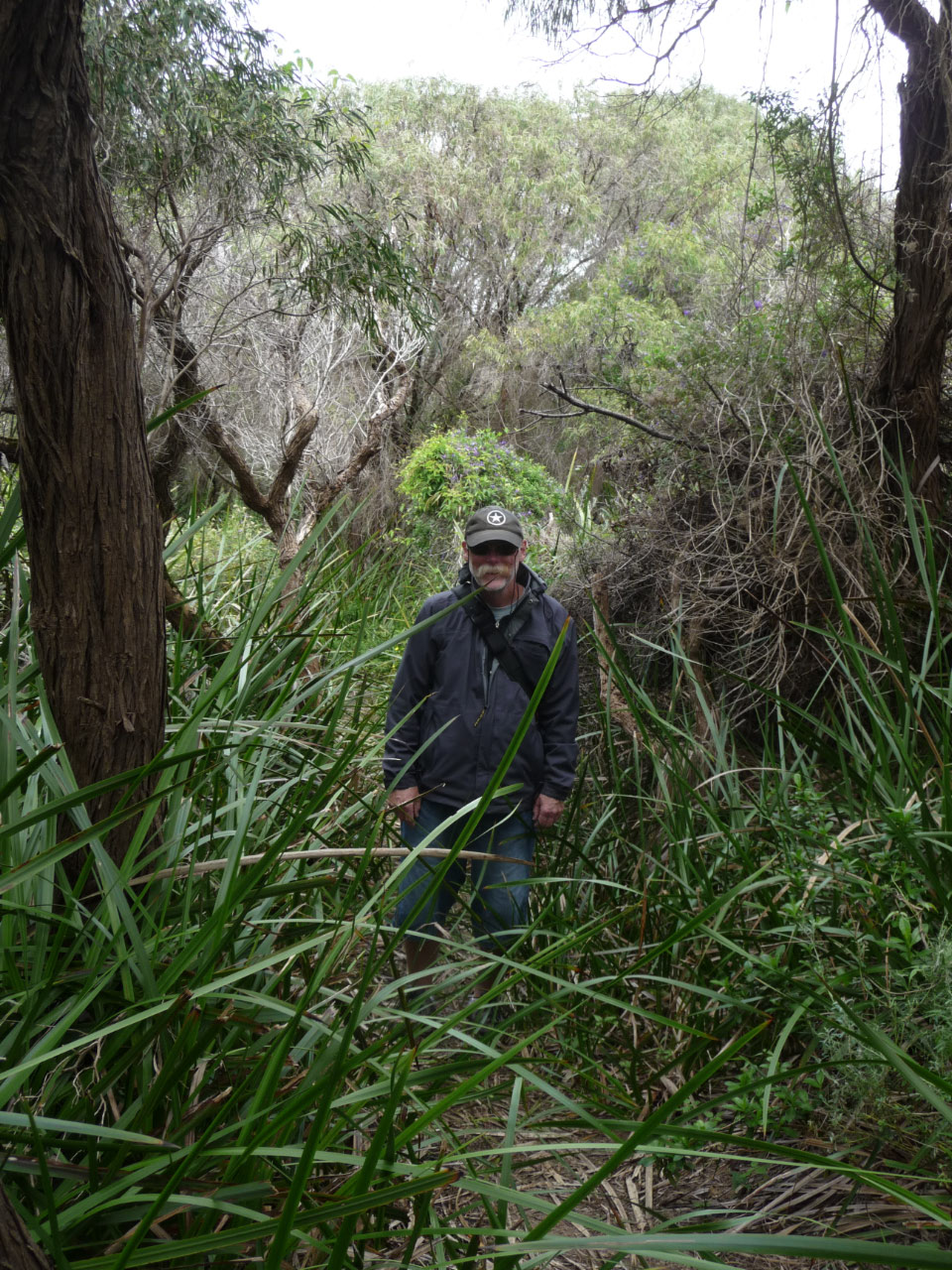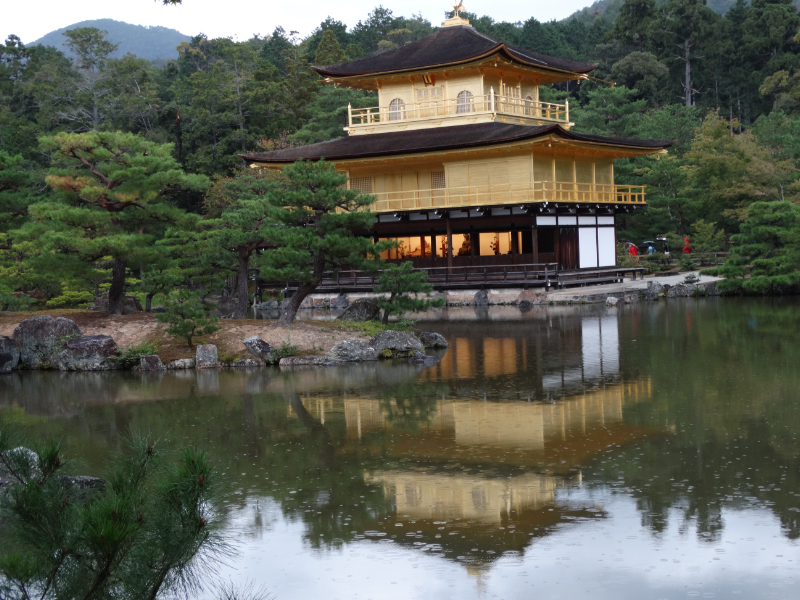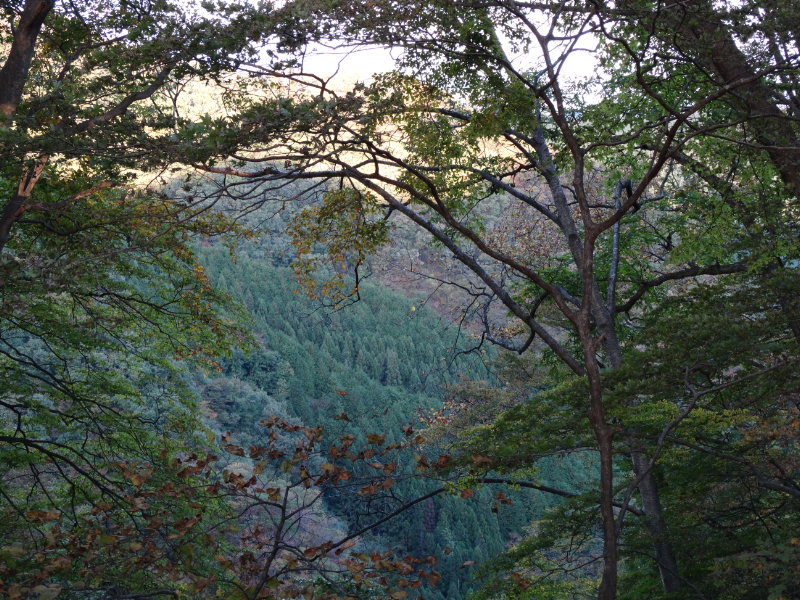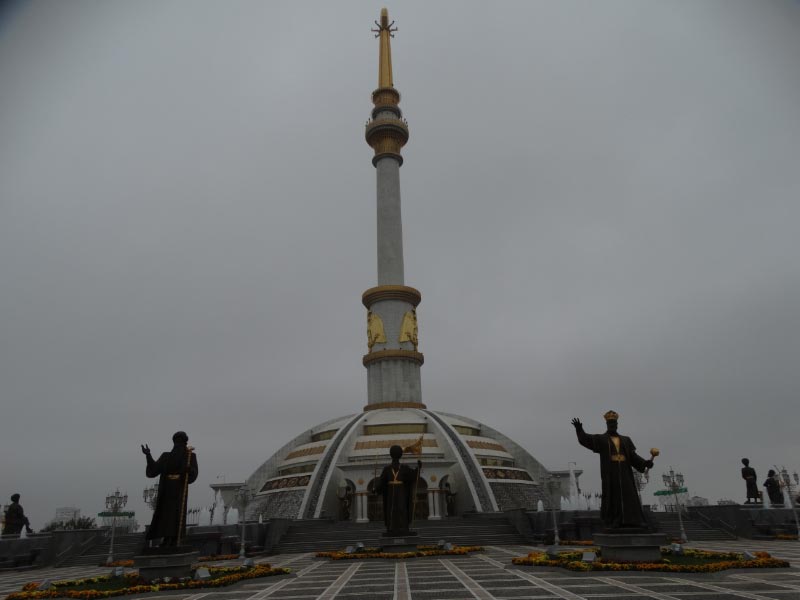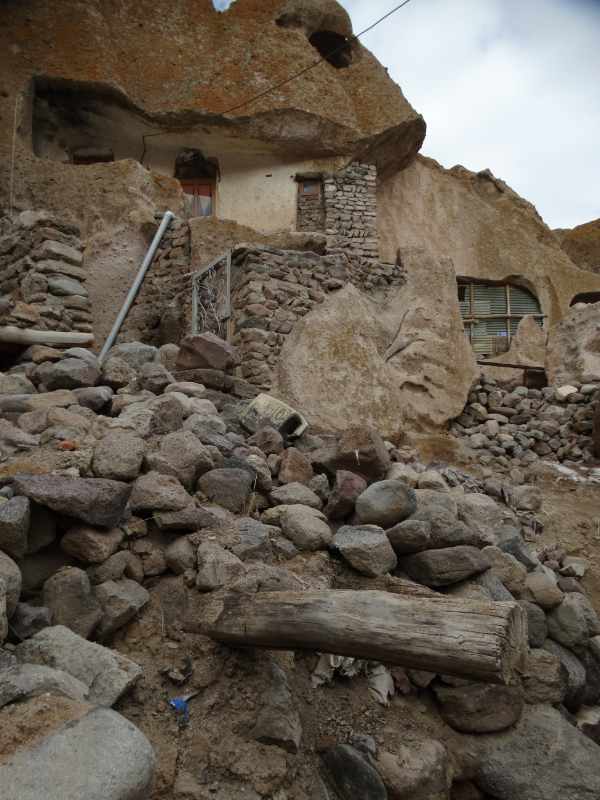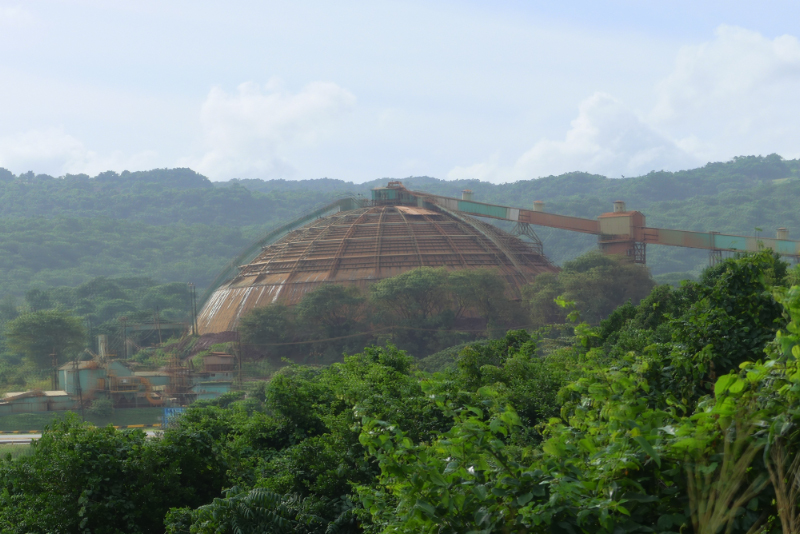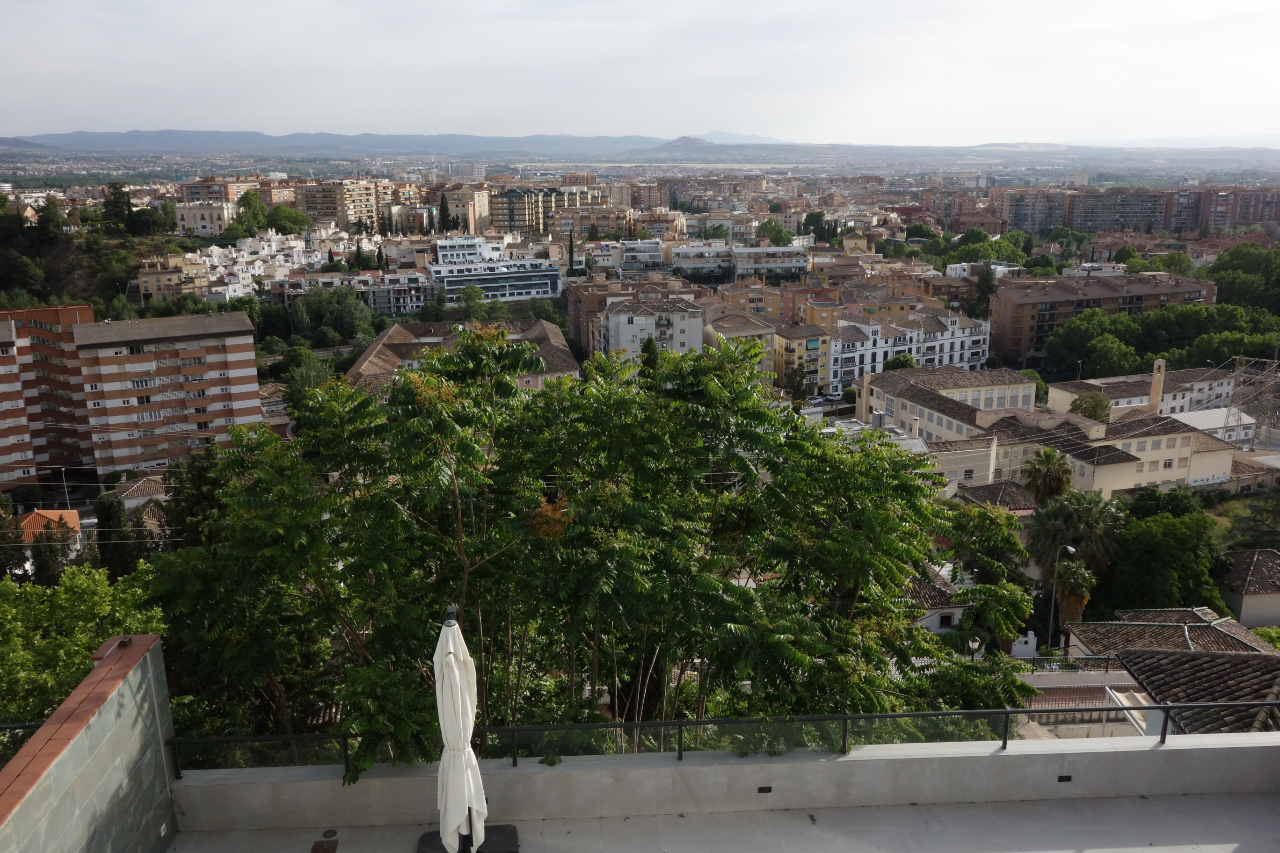20-25 September
It is easy to find yourself ‘palaced out’ in Seoul. It was the home of the Joeson period between 1392 and 1909 with a short interruption during the Japanese invasion between 1592 and 1598, during which time many palaces and temples were burned down.
Palaces and temples were built and destroyed and rebuilt with great regularity. In fact we were told that Korea has been invaded 991 times.
Korea was declared an Imperial Japanese protectorate in 1905 and officially annexed in 1910, until the end of World War II. Once again the Japanese destroyed many of the palaces and temples.
After the failure to unify the country, South Korea remained a closed country until the 1990s. In fact, according to our guide Yoon, the Olympic Games in Seoul in 1988 was a major turning point. Koreans started to travel, Daewoo, Hyundai and Kia started to export. Samsung and LG grew up. People moved to the cities so infrastructure was established.
Now we are seeing big cities and satellite towns with multiple high rise apartments built in a very orderly manner. Every bit of flat land is given over to high rise buildings or agriculture but the mountains retain their pristine forests.
Seoul is now a big, modern city, while allowing room for the many reconstructed palaces.
There is a stream in the city called Cheonggye, which has been rejuvenated. Overpasses have been removed and the stream has been sculptured to create a pleasant walk with rocks providing crossing points between the high side and the low side.
Since it was Sunday when we visited the steam, many people were out picnicking, sitting and watching or like us, taking photos.
Next stop was the City Hall, an amazing piece of architecture. Bruce enjoyed finding just the right angle to get the best perspective. I did my best to pick up on its style.
As any serious tourist will tell you, you have to take the rain with the sunshine. And so on a wet Monday, after touring the Changdekgung palace and secret garden, we headed to Seoul station which was built in a similar style to our Flinders Street Station.
The old station has been converted to a museum and we found an exhibition on typography there. Bruce was in seventh heaven, exploring other’s interpretations of type, including type face design, posters, book covers, and books.
Seoul station, sadly, like many other stations, is the meeting place for homeless men. I suspect it becomes a box city at night, but there were preachers out there bringing the word of God to some of them.
e_header.jpg)




















